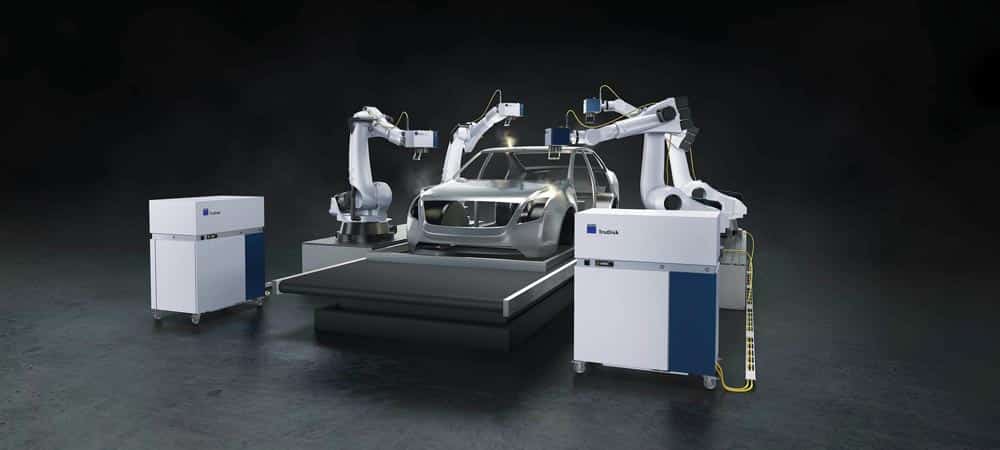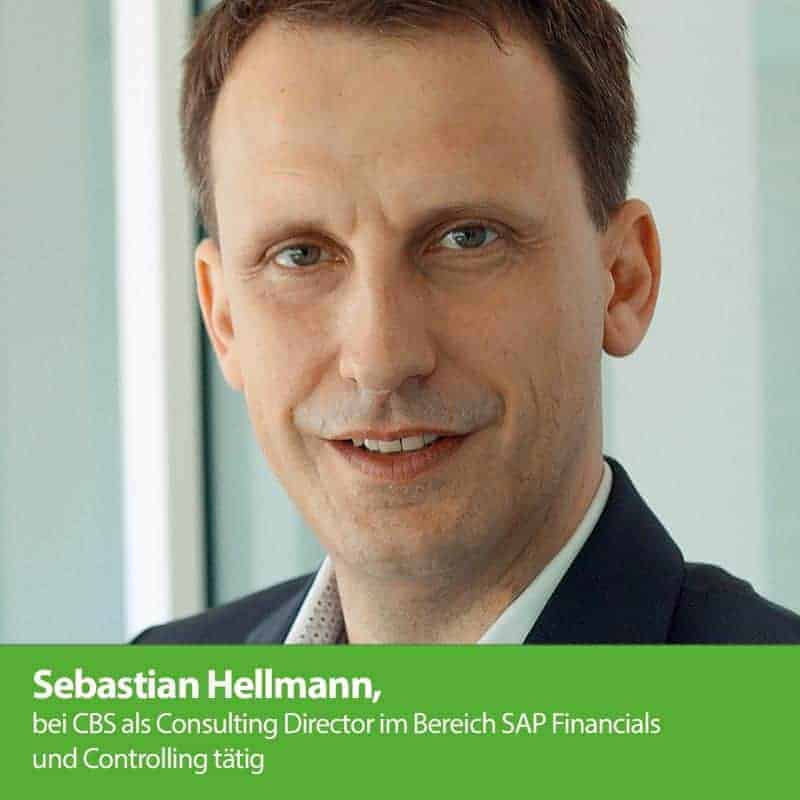Value-oriented and harmonious


The introduction of value-based divisional and earnings accounting responds to changes in responsibilities in the Trumpf management structure and enables more decentralized corporate governance structures.
Using a minimally invasive transformation approach, the New General Ledger including Profit Center Accounting was implemented and 13 charts of accounts and 13 controlling areas were harmonized, aligned with the CBS One Finance target structure and merged.
The benefits are obvious: greater transparency, lower costs, process optimization and safeguarding of long-term innovation capability.
The greater responsibility of the business units and the creation of central divisions required new financial control instruments at Trumpf. The informative value of the legal results of the individual companies was limited by the greater importance of the business areas.
Individual sales companies were assigned to a business unit as a whole. Internal supplier relationships increased the uncertainties in reporting.
It was not possible to report key operating performance indicators such as sales and contribution margins by business area on a Group-wide basis.
In order to create global transparency, Trumpf decided to expand its management model to include division-oriented earnings accounting. The structures in the financial area had to be harmonized across the Group. Lars Grünert, CFO at Trumpf:
"Our goal was to increase transparency in the subsidiaries and at the business unit level and to achieve a globally uniform understanding.
We also want to build on this to reduce our planning effort through more efficient planning processes and integrated IT systems."
Uniform chart of accounts throughout the Group
The development of the new controlling target has far-reaching effects on the processes and procedures in finance and accounting.
Both for internal management purposes and in external reporting, a switch was made from the existing nature of expense method (nature of expense) to the cost of sales method (cost of sales) as the leading income statement structure.
In order to anchor the cost of capital in financial management, a new management variable based on the EVA concept was implemented as part of the "Value-based management" sub-project.
The aim was to anchor the efficient use of capital as a third financial target in corporate management alongside growth and return orientation.
As part of financial harmonization, a changeover was made to a uniform Group-wide chart of accounts and leading Group-wide valuation in accordance with the German Commercial Code (HGB) was made possible across the board in parallel with financial statements prepared in accordance with local law.
The previous planning and consolidation based on legal entities has been extended to include matrix consolidation. This enables legal consolidation and consolidation analogous to the internal management structures by business area.
Another goal of the project was to adapt strategic and business planning in line with the new concept and to ensure tool-based collection of planning data.
An important requirement for the future project partner was that the introduction of the new controlling instruments should not lead to an additional increase in resources in the commercial area. In addition, the controllers were to take on more of a business partner role for the executives.
As an existing SAP customer for many years, Trumpf chose Corporate Business Solutions as its project partner. Thilo Press, Head of IT at Trumpf:
"CBS convinced us with its solution approach, technical expertise and decades of experience.
In the course of the project, we discovered: CBS consultants understand the management side, speak the language of the specialist departments and are very far ahead technologically - as a result, we got everything from a single source."
CBS Enterprise Transformer
Under the heading "Controlling Excellence", the project scope was divided into seven sub-projects. These included the introduction of value-based management (subproject 1), conception of a divisional balance sheet (2), introduction of divisional P&L in the UKV (3), implementation of a matrix consolidation (4), further development of financial planning (5) and harmonization of the chart of accounts (6).
In view of the later implementation of S/4, the new general ledger New General Ledger Accounting (FI-GL) was activated in SAP with all possible scenarios, in particular Profit Center Accounting and the ledger concept for mapping parallel accounting.
The activated document split provides an automatic division of the balance sheet into several divisions. Local requirements were mapped in additional local ledgers.
For matrix consolidation, CBS provided the transfer of data to SAP SEM BCS. In the area of reporting, the essential reports were adapted to the division system and converted to the ERP system in parallel.
In implementing the various scenarios, the project team relied on the CBS Enterprise Transformer (ET), a proven tool that includes best-practice transformations for all existing scenarios of an SAP system change. With CBS-ET, SAP enterprise platforms can be standardized quickly, minimally invasively and securely.
Global rollout in three waves
The system conversion was carried out in four waves: In wave 1, the single-client SAP system was converted in Germany and Italy.
In wave 2, the remaining European sites were rolled out. In wave 3, those responsible converted the sites in Asia and America. Due to a parallel reorganization of the legal units, the Swiss companies were rolled out in wave 4.
As a result of the Group-wide harmonization of structures in the financial area, Trumpf now uses uniform accounts, account designations and income statements worldwide.
"The same facts and circumstances are now presented in the same way in all companies. This makes it easier to compare our subsidiaries with each other. Audits can be carried out more efficiently and on the basis of globally uniform accounting guidelines".
explains Lutz Labisch, Head of Controlling and Finance at Trumpf.
The implementation of value-based management has meant that the business units must now generate the cost of invested capital in addition to operating costs. This means that their value contribution is only positive if the cost of capital is also covered.
The uniform template approach in SAP has not only accelerated the harmonization of global structures in the financial area. The costs for global SAP enhancements, system operation and maintenance have also fallen.
In addition, new companies can be integrated more quickly. IT managers are thinking a little further ahead. The paradigm shift in the SAP world brings with it fundamental innovations.
S/4 and Hana is the ERP of the future. Trumpf wants to take advantage of the profound change in the most important software platform to precisely align corporate strategy and IT strategy.
"Thanks to the support of CBS, we are very well positioned with the new structure in the finance area, also with regard to a future migration to S/4. We are very satisfied with the professional system transformation as well as the expertise of CBS in the finance area."
sums up Thilo Press, Head of IT.
Conclusion:
Trumpf has harmonized its finance structures across the Group with the aim of transforming them into a CBS One Finance target structure based on S/4 by 2025.
Using a minimally invasive transformation approach, the New General Ledger including Profit Center Accounting and Cost of Sales (COGS) was implemented within two and a half years, 13 charts of accounts and controlling areas were harmonized and merged into the new One Finance target structure.
Financial management was expanded to include value-based management and division-oriented earnings accounting. The project scope was divided into six sub-projects. The system conversion was carried out in several waves.
The family-owned company Trumpf is the world market leader in machine tools and lasers for industrial manufacturing. In 2017/18, the company generated sales of 3.56 billion euros with around 13,400 employees.
By the end of the 2017/18 fiscal year, Trumpf will harmonize the structures in the finance area throughout the Group. The finance transformation approach developed by CBS not only ensures the introduction of value-based divisional accounting in the cost-of-sales method, but with its harmonization represents an important milestone on the way to global process standardization in the finance area.







